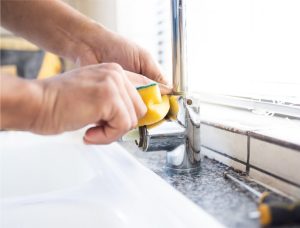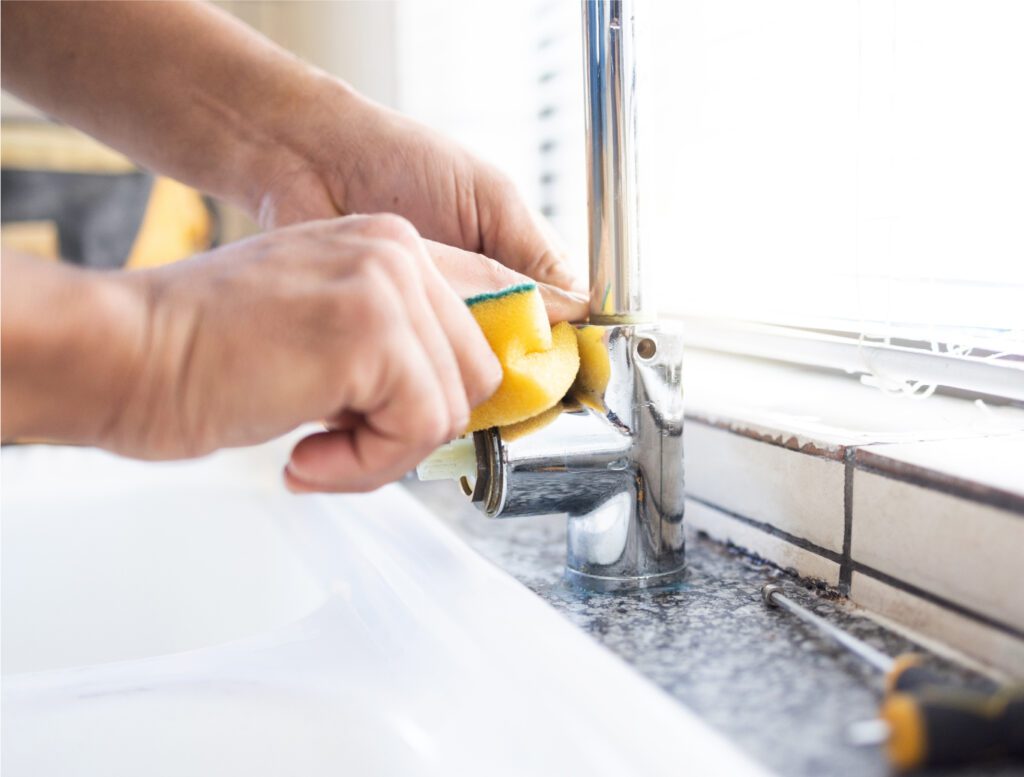DIY Plumbing Fixes: What You Can and Can’t Do
Home plumbing issues are a common headache for homeowners. From leaky faucets to clogged drains, small plumbing problems can quickly turn into expensive repairs if not addressed promptly. While some plumbing fixes are simple and can be handled with basic tools and a bit of know-how, others require professional expertise. In this article, we will guide you through the DIY plumbing fixes that you can tackle on your own, as well as the ones you should leave to the professionals. DIY Plumbing Fixes: What You Can and Can’t Do
Why Consider DIY Plumbing Fixes?
DIY plumbing fixes can save you both time and money. If you have a basic understanding of plumbing systems and are comfortable using tools, many common plumbing issues can be resolved without needing to hire a plumber. DIY plumbing is an excellent way to take care of minor issues, prevent larger problems, and avoid costly service calls.
Some benefits of tackling plumbing issues yourself include:
Cost savings: You avoid paying for a plumber’s hourly rate and service fees.
Immediate results: DIY fixes allow you to address the issue right away without waiting for an appointment.
Empowerment: By learning how to fix plumbing problems, you gain confidence in maintaining your home’s systems.
However, there are limits to what you should handle on your own. Let’s break down which plumbing fixes are suitable for DIY and which require professional intervention.
Common DIY Plumbing Fixes You Can Handle
Some plumbing tasks are simple enough to be tackled by most homeowners. With the right tools and a little know-how, you can manage these issues on your own.
1. Fixing a Leaky Faucet
A leaky faucet is one of the most common plumbing problems in homes. Fortunately, fixing a leaky faucet is relatively simple. Most leaks occur due to a worn-out washer or rubber seal inside the faucet. Here’s how you can fix it:
Step 1: Turn off the water supply to the faucet.
Step 2: Disassemble the faucet handle and remove the inner components.
Step 3: Inspect the washer or seal for wear and tear.
Step 4: Replace the worn part with a new one (available at most hardware stores).
Step 5: Reassemble the faucet and turn the water back on.
By replacing the damaged part, you can stop the faucet from dripping and save water, which is both environmentally friendly and cost-effective.
2. Unclogging a Drain
Clogged drains are another common issue, and they can usually be fixed without a plumber’s help. Many times, a simple plunger or drain snake can solve the problem. Here’s how you can unclog a drain:
Step 1: Use a plunger to try and dislodge the clog. Make sure to cover the drain completely and plunge vigorously.
Step 2: If the plunger doesn’t work, use a drain snake (a long, flexible tool that reaches into the drain) to break up the blockage.
Step 3: For a more persistent clog, consider using a natural drain cleaner, such as a mixture of baking soda and vinegar, to break down grease or organic matter.
Step 4: Always flush the drain with hot water after clearing the clog.

Note that if the clog persists despite your efforts, you may need to call a plumber to inspect your plumbing system.
3. Replacing a Toilet Handle
A broken toilet handle is a small but irritating problem. Fortunately, replacing it is an easy fix. You will need a new toilet handle, which can be found at any home improvement store. Here’s how to replace it:
Step 1: Turn off the water supply to the toilet and flush to empty the tank.
Step 2: Disconnect the broken handle from the flush lever inside the tank.
Step 3: Remove the old handle and install the new one, attaching it to the flush lever.
Step 4: Reconnect the water supply and check that the handle works correctly.
This quick and easy fix can restore your toilet’s functionality without the need for professional assistance.
4. Fixing Low Water Pressure
Low water pressure can be a sign of clogged pipes, especially if the pressure is low in one specific fixture. The cause of low water pressure can be as simple as a blocked aerator or mineral buildup in the faucet. Here’s how you can fix it:
Step 1: Remove the aerator (the small screen at the tip of the faucet).
Step 2: Clean the aerator by soaking it in vinegar to dissolve any mineral deposits.
Step 3: Reattach the aerator and check the water pressure.
If the problem persists, the issue might be within the plumbing system, and it could require a professional plumber to inspect your pipes.
5. Replacing a Showerhead
If your showerhead is clogged or damaged, replacing it is a simple and affordable DIY fix. Here’s how you can replace a showerhead:
Step 1: Use a wrench to remove the old showerhead.
Step 2: Apply Teflon tape around the threads of the pipe.
Step 3: Screw on the new showerhead and tighten it by hand (do not overtighten).
Step 4: Turn on the water supply to check for leaks.
Replacing a showerhead is a quick and effective way to improve water flow and save water.
When to Call a Professional Plumber
While some plumbing issues can be fixed easily by homeowners, others require the expertise of a professional plumber. Attempting to tackle complex plumbing repairs without the proper knowledge can lead to more damage, higher costs, and potential safety hazards. Here are some cases where it’s best to call a plumber:
1. Burst Pipes
A burst pipe is a serious plumbing emergency that requires immediate attention. Trying to fix a burst pipe on your own can lead to further damage, flooding, and water loss. A licensed plumber will have the necessary tools and expertise to repair or replace the damaged pipe quickly and efficiently.
2. Sewer Line Issues
Problems with the sewer line, such as blockages or leaks, should always be handled by a professional plumber. Sewer line issues can be complex and often require specialized equipment like video cameras and drain cleaning machines. Additionally, improper repairs can lead to hazardous sewage backups in your home.
3. Gas Line Repairs
If you suspect a gas leak or have issues with your gas lines, do not attempt to fix it yourself. Gas leaks are extremely dangerous and can lead to explosions or poisoning. A licensed plumber with gas line certification should be called immediately to assess and repair any gas-related problems.
4. Water Heater Problems
If your water heater is leaking, making strange noises, or failing to provide hot water, it may require a professional repair or replacement. Working on water heaters can be dangerous, especially if they are gas-powered. A plumber can diagnose the issue and ensure your water heater is functioning safely.
5. Major Pipe Leaks
If you detect a major pipe leak inside your walls or floors, it’s time to call in the professionals. Repairing large leaks involves cutting into walls or floors, and a plumber can repair the damage efficiently while preventing further issues, such as water damage or mold growth.
Conclusion: Know Your Limits with DIY Plumbing Fixes
When it comes to DIY plumbing, knowing what you can and can’t do is key. Many small plumbing issues, such as a leaky faucet or a clogged drain, can be fixed by homeowners with a bit of effort and the right tools. However, when faced with major plumbing problems, it’s always best to call a professional plumber to avoid further complications.
By taking care of minor issues yourself and leaving complex repairs to the experts, you can keep your home’s plumbing system in top shape while avoiding expensive repairs and unnecessary damage. DIY Plumbing Fixes: What You Can and Can’t Do

